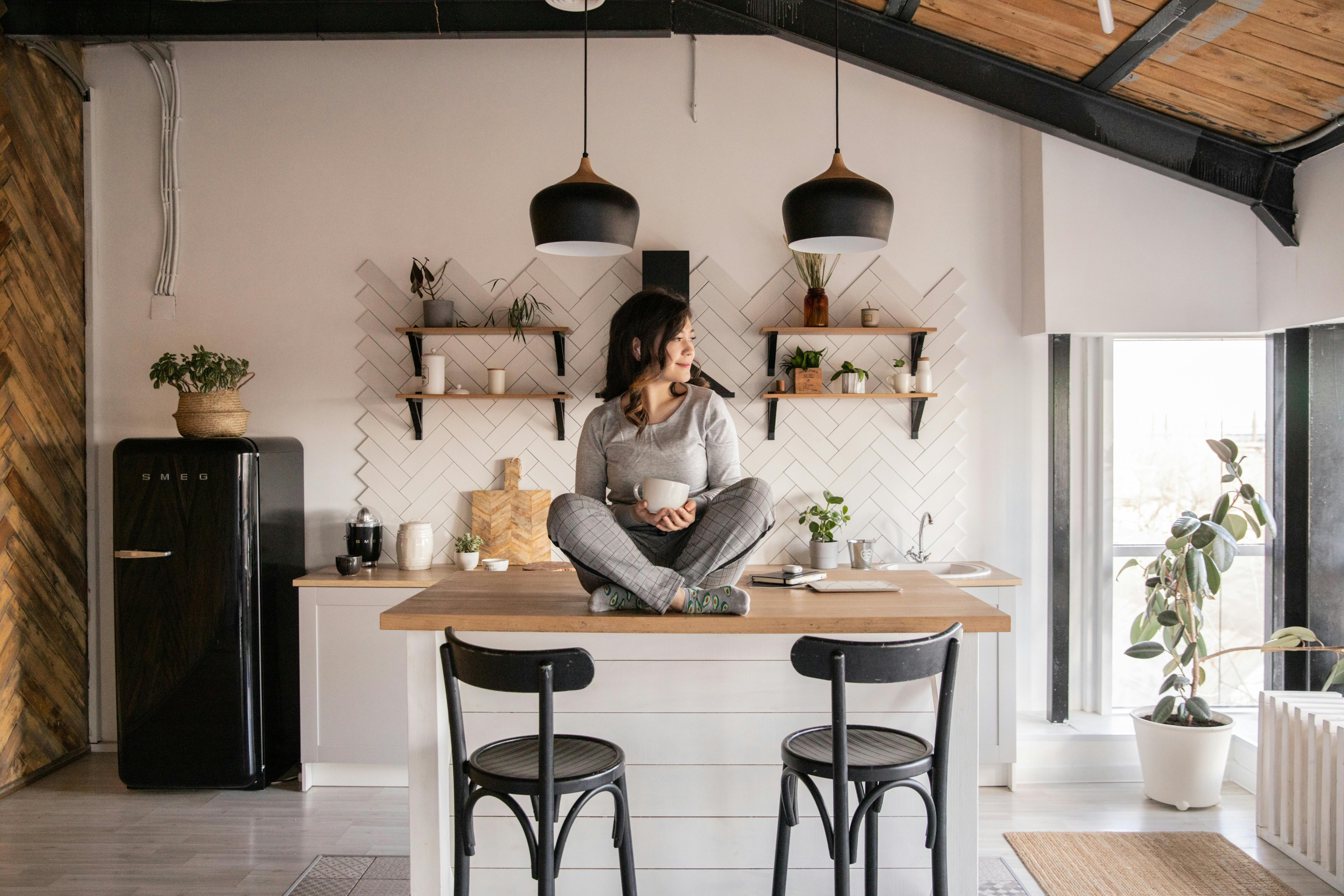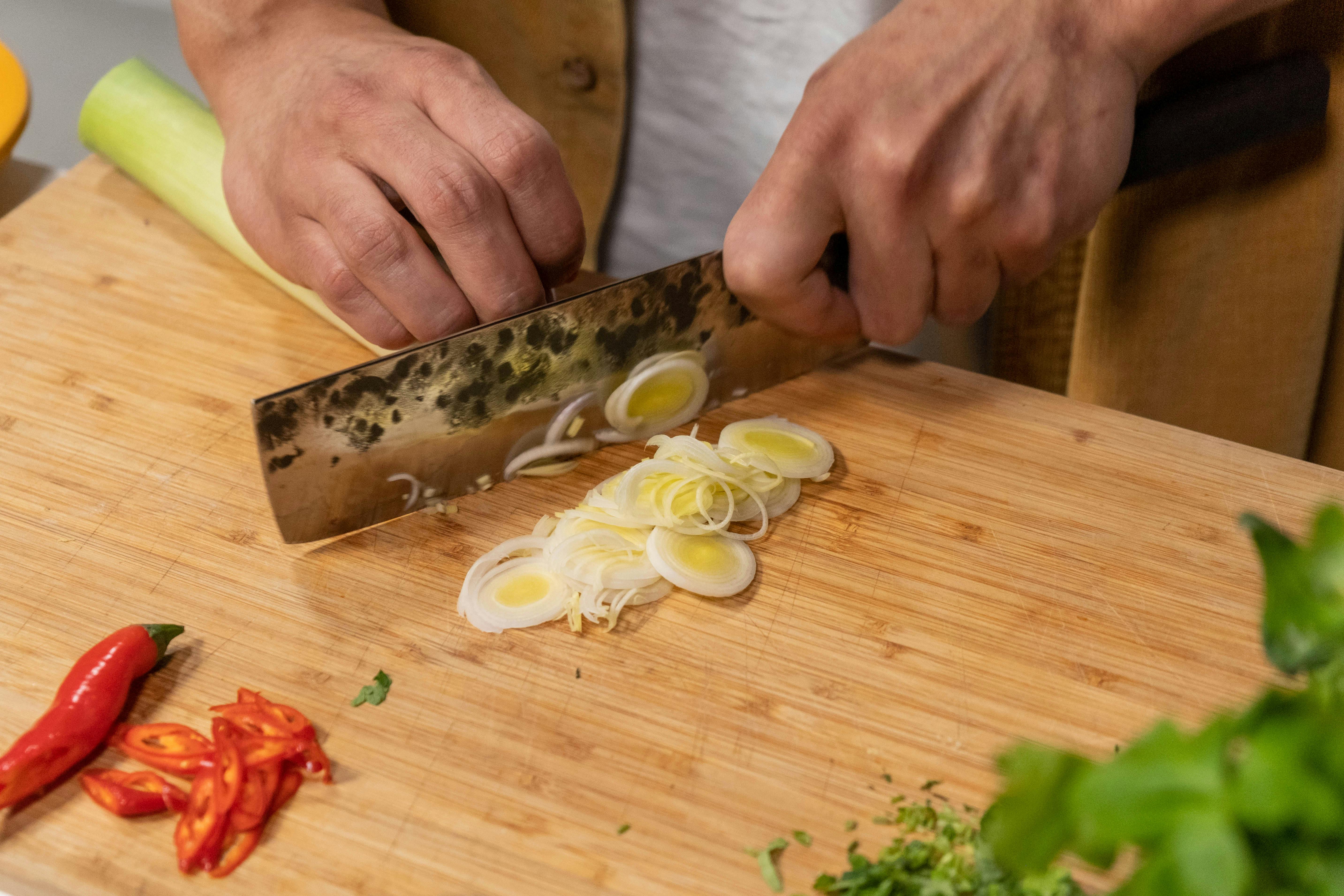In this country, window box gardening offers apartment dwellers the enjoyment of container gardening from inside or out. If you live in one room or a very small property, you too can have a window garden filled with pansies and primroses in spring, petunias or fuchsias in summer, and mums in fall. In winter, greens and berries, such as sweet and sour or California pepper berries with pine, add color. English ivy will provide a green trail all winter long if kept out of the wind.
For best results in a garden with window boxes, the window box should be at least three to four feet long, but no longer than six feet. If it’s larger, it’s too heavy to hang and secure properly, and it can’t be lifted easily, even by two people. The boxes that rest on the wide window sills and sturdy porch railings may be eight feet long, but hardly more, as moving them becomes too dangerous. Keep a minimum depth of eight to nine inches, with a width of ten to twelve inches at the top. Of course, the lengths must vary according to the window, or series of windows or railing to be decorated with window boxes.
The most common planter gardens material is wood. California redwood turns a neutral gray if left unpainted, and cypress will last for years. Cedar is recommended, as is a good grade of white pine. Other materials include metals, which are attractive and, for the most part, lightweight. However, they do have the disadvantage of conducting heat, thus overheating the soil in your window garden. Other suitable and durable lightweight materials include plastic, fiberglass, spunglass, and Gardenglas.
If you’re handy with tools, you can make your own wooden planters by following the instructions in your nursery or garden center brochures. Whichever plan you follow, get boards that are one to one and a quarter inches thick. (Thinner boards will warp and offer little insulation against the summer heat.) To fasten, rely on brass screws rather than nails, which in a few years can come off and cause the box to fall apart. To secure the corners, reinforce with angle irons. Be sure to provide enough drainage holes in the bottom for water to pass through freely. Space half-inch holes six to eight inches apart when building your planter gardens.
When the boxes are complete, treat the interior with a preservative to prevent rotting. Cuprinol or some other non-toxic material is excellent, but avoid creosote which is poisonous to plants. After the preservative has dried, apply at least two coats of a good paint or stain.
Select a color that does not detract from the plants. Traditional dark green is satisfactory, though common, unless you use a tint like apple green. Take note of the colors of the flowers, especially of the plants that trail on the sides. Dark flowers don’t show up against dark paint. The same goes for white flowers against light surfaces, such as white petunias against white or pale yellow boxes.
To hold planter gardens securely, use bolts or lag screws and pre-treat to prevent rust. Leave about an inch of space between the garden window and the house for air movement. If the box garden is going to rest on a deck or other solid surface, raise them up on slats or place them on bricks or wood blocks so the drainage holes won’t get clogged. Some space under the boxes is also important for air circulation, which will dry up runoff water.
When planting a garden with window boxes, place a one-inch layer of broken flower pots, crushed bricks, small stones, or pebbles on the bottom to allow water to escape freely through openings. Over this, spread a piece of wet burlap or a layer of damp sphagnum moss, old leaves, hard coal slag, or ash to prevent soil from washing into the drainage area.
All plants in window box gardening need rich soil for lush growth. Space the larger types (geraniums, coleus, and fuchsias) by eight to ten inches; smaller types: lobelias, annual phlox, wax begonias, sweet alyssum, and browallia, spaced six inches apart. An eight-inch-wide box accommodates two rows of plants, with the tall ones in the back and the short ones in the front. The boxes, ten inches wide, take three rows of plants, tall, medium, and short for edging.
After planting, spread an inch of peat mulch or other mulch over the soil to slow drying and keep weeds in check. In a month, give a liquid fertilizer and follow up with feedings every seven to ten days. Foliage fertilizers can also be applied, but only as a supplement to root feeding.
The choice of plants for window box gardens is limited only by size. Plants over a foot tall don’t look good unless the boxes are exceptionally large. Otherwise, you can grow almost anything you want. For early spring, you can start with Dutch flower bulbs. In cold regions, these can be bought already grown, or you can raise them yourself.
Try hyacinths with pansies or early tulips or daffodils interspersed with grape hyacinths, or basket of gold and arabis with scillas, chionodoxas or leucojum. Include some English daisies and sweet-smelling wallflowers so common in Western European window box gardening. Violas, blue phlox, aubretia, and forget-me-nots are other possibilities.
The favorite plant in the gardening of window boxes is geranium: red or pink for white window boxes, cream or light or dark blue; white for brown, blue or red boxes. The familiar trailing variegated vinca is excellent with them. Thriving in sun or shade, periwinkle needs constant pinching to keep it from growing too large. English and German ivies are other trailers for sun or shade. In the sun, low annuals, dwarf marigolds, lobelias, and verbenas make pretty borders as does sweet alyssum, in white, purple, or lavender. Petunias rival geraniums in popularity, and any type can be planted, although balcony types have the advantage of trailing gracefully over window garden sides.
In shade that is open to the sky, such as on the north side of a house, Coleus grows magnificently, with white and green species contrasting with those with red and pink leaves. Coleus delights in rich soil and requires a lot of moisture. Pinch to keep bushy and to improve appearance remove spiked blue flowers, unless you particularly like them. The Trailing Queen coleus is one of the best.
Other shade-tolerant creeping plants include English ivy and its varieties, creeping ivy, Kenilworth ivy, creeping fig, German ivy, above-ground variegated gills, myrtle, wandering jew, zebra, achimenes , chlorophytum, the star of Bethlehem or Italian ivy. bluebell and strawberry begonia.
These are just a few tips on how to plant your window box gardens. Get creative with colors and textures. Box gardening, just like container gardening, will become your next favorite hobby.
Happy window gardening!
Copyright © 2006 Maria Hanna All rights reserved.
This article may be freely distributed on your website and in your ezines, provided this entire article, copyright notice, links, and resource box remain unchanged.



